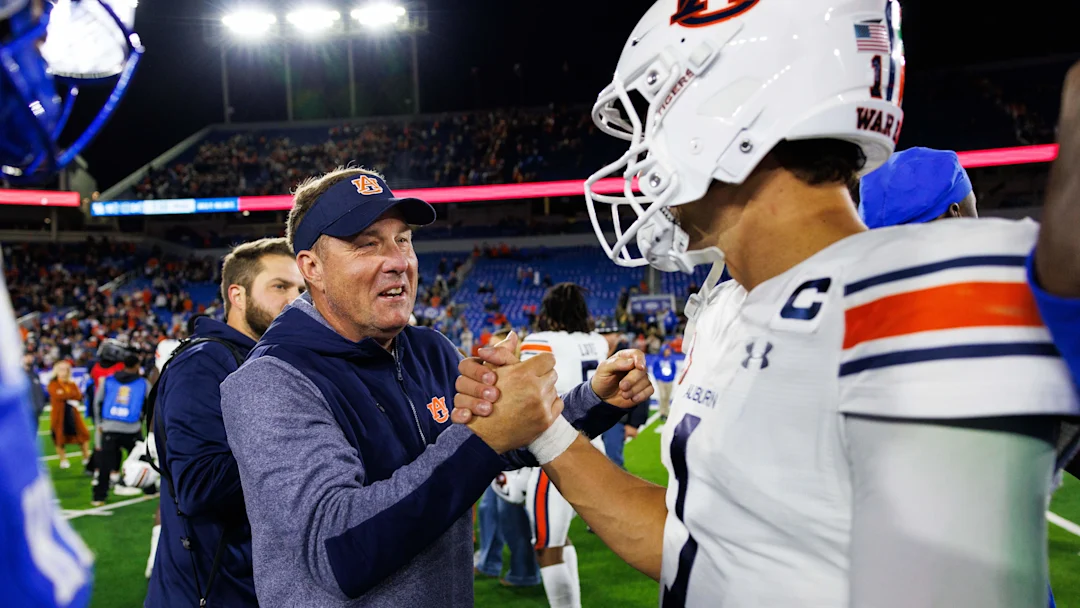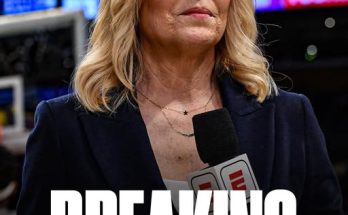As the college football landscape shifts under the weight of monumental changes, Auburn head coach Hugh Freeze finds himself at the center of a pivotal moment. With the NCAA’s anticipated revenue-sharing model beginning to take form, programs like Auburn are reevaluating everything—from player retention and roster construction to NIL strategy and recruiting tactics. For Freeze, who enters another critical season at the helm of the Tigers, the challenge now is not just winning on the field, but managing an evolving ecosystem that demands adaptability, vision, and relentless execution.
Auburn, long considered one of the premier programs in the SEC, is no stranger to upheaval or transformation. But this current era—defined by Name, Image, and Likeness (NIL) dynamics, the transfer portal, and now revenue sharing—presents a unique set of complexities. At the heart of Freeze’s approach lies a delicate balance: how to retain his best players amid increasing financial opportunities elsewhere while continuing to bring in elite talent capable of elevating Auburn back into SEC and national contention.
The recent introduction of revenue sharing across college athletics has only intensified the pressure on coaches and administrators. While the exact distribution model is still being finalized, the concept is simple: schools will now have the opportunity—and the obligation—to directly compensate athletes from a pool of athletic department revenues. It’s a seismic shift, one that essentially formalizes what has already been happening via NIL collectives, boosters, and sponsorships.
For Freeze and his staff, the implications are profound. The Auburn program is already working tirelessly to ensure that its infrastructure is equipped to handle these changes. Conversations are ongoing within the athletic department, with donor groups and compliance teams working hand-in-hand to build a sustainable approach to player compensation. The key now is to strike a balance between fair revenue sharing and maintaining Auburn’s competitive edge in recruiting and development.
Freeze has been vocal about his commitment to supporting his players not just on the field but off of it. He has emphasized the importance of building a culture where athletes feel valued, supported, and prepared for life beyond football. But the reality is, in this new era, feeling valued also includes financial security and earning potential. That’s where Auburn’s NIL collective and boosters play a critical role. Freeze knows that without a robust NIL system and now, a compelling revenue share model, Auburn risks falling behind in the arms race for talent.
Retention has become arguably the most difficult challenge for top-tier programs. Players who previously might have stayed through their junior or senior years now weigh their options annually, driven by potential earnings from other schools with deeper NIL pockets or more aggressive revenue-sharing packages. Freeze understands this reality better than most. In recent seasons, Auburn has seen key contributors flirt with the portal, only to be wooed back by timely NIL deals or renewed commitments to their development paths. That’s become the norm in college football, and it requires constant communication, transparency, and foresight from coaching staffs.
Freeze has already demonstrated a strong ability to adapt to these changes. Since arriving at Auburn, he’s leaned into the portal with impressive results, identifying overlooked talent and immediate impact players. At the same time, he has maintained a strong emphasis on high school recruiting, particularly within Alabama and neighboring states. He understands that while the portal provides short-term fixes, long-term success still hinges on building a foundation with elite high school prospects who can be molded in Auburn’s system.
Yet acquiring top-tier talent now comes with financial stakes attached. Recruiting is no longer just about facilities, tradition, and playing time. It’s also about financial packages—whether through NIL, revenue sharing, or both. Freeze has not shied away from this reality, but he has urged for a more structured and transparent system. He often points to the need for fairness and balance, warning against a bidding war mentality that can erode team culture and create instability in locker rooms.
Still, Auburn remains well-positioned. The program boasts a passionate fanbase, a strong donor network, and an NIL collective that is increasingly organized and impactful. That gives Freeze the tools he needs to both retain and acquire talent, even as other programs across the SEC and beyond ramp up their own efforts. The challenge, of course, lies in execution—ensuring that Auburn remains not just competitive financially, but also aligned philosophically with the evolving expectations of athletes.
Behind the scenes, Freeze and his staff are already making adjustments to account for the revenue-sharing era. Recruiting pitches are evolving to include discussions about long-term earning potential, both at Auburn and beyond. Player development plans now integrate financial literacy and branding opportunities. The message is clear: Auburn wants to prepare its athletes for the NFL, but also equip them to thrive financially while still in college.
Perhaps the most intriguing aspect of this new era is the way it blurs the lines between college football and the professional ranks. Coaches like Freeze are now part talent developers, part CEOs, managing not just rosters but budgets, personalities, and career aspirations. It’s a far cry from the traditional model, and one that demands a different kind of leadership.
Freeze seems prepared for the task. His journey back into the SEC has been marked by resilience and a renewed commitment to doing things the right way. He understands that Auburn’s success will now hinge not just on Xs and Os, but on strategy, adaptability, and vision. That includes being honest with players about their market value, transparent about team finances, and intentional about building a culture that goes beyond money.
As revenue sharing becomes a reality, it may also prompt broader changes across college football. Will schools be forced to cut back in other areas to support athlete compensation? Will the NCAA impose stricter guidelines on how funds are distributed? Will revenue sharing level the playing field or further concentrate power among the wealthiest programs? These are the questions that Freeze and his peers must grapple with in real-time, even as they prepare for the next opponent.
At Auburn, the answers will come through a combination of preparation and bold decision-making. Freeze has already shown he’s not afraid to take risks—on players, on strategy, on culture. Now he must extend that same courage into this next phase of the sport, where innovation and adaptability will be just as important as recruiting rankings and third-down conversions.
The revenue-sharing era offers both challenge and opportunity. For Freeze, it’s a chance to modernize Auburn’s approach while staying true to the core values that have made the program successful. It’s about building something sustainable, something attractive, and something that can withstand the pressures of this rapidly changing sport.
As fall camp approaches, Freeze will turn his attention back to the field, where wins and losses will ultimately define his tenure. But even there, the echoes of this new era will be present. Every rep, every decision, every interaction with a player will be shaped, in some way, by the evolving reality of college athletics.
Auburn is not just preparing for the season ahead; it is preparing for a future that looks very different from the past. With Hugh Freeze at the helm, the Tigers are embracing that future with open eyes and a clear plan—ready to navigate the unknown, retain their stars, and continue the quest to return to college football’s elite.



